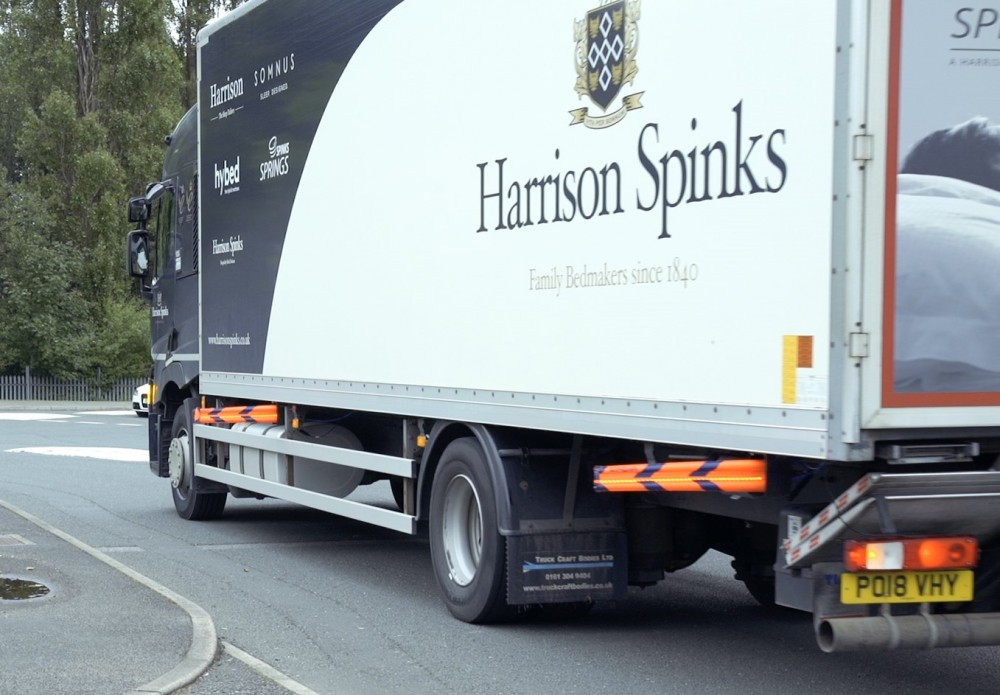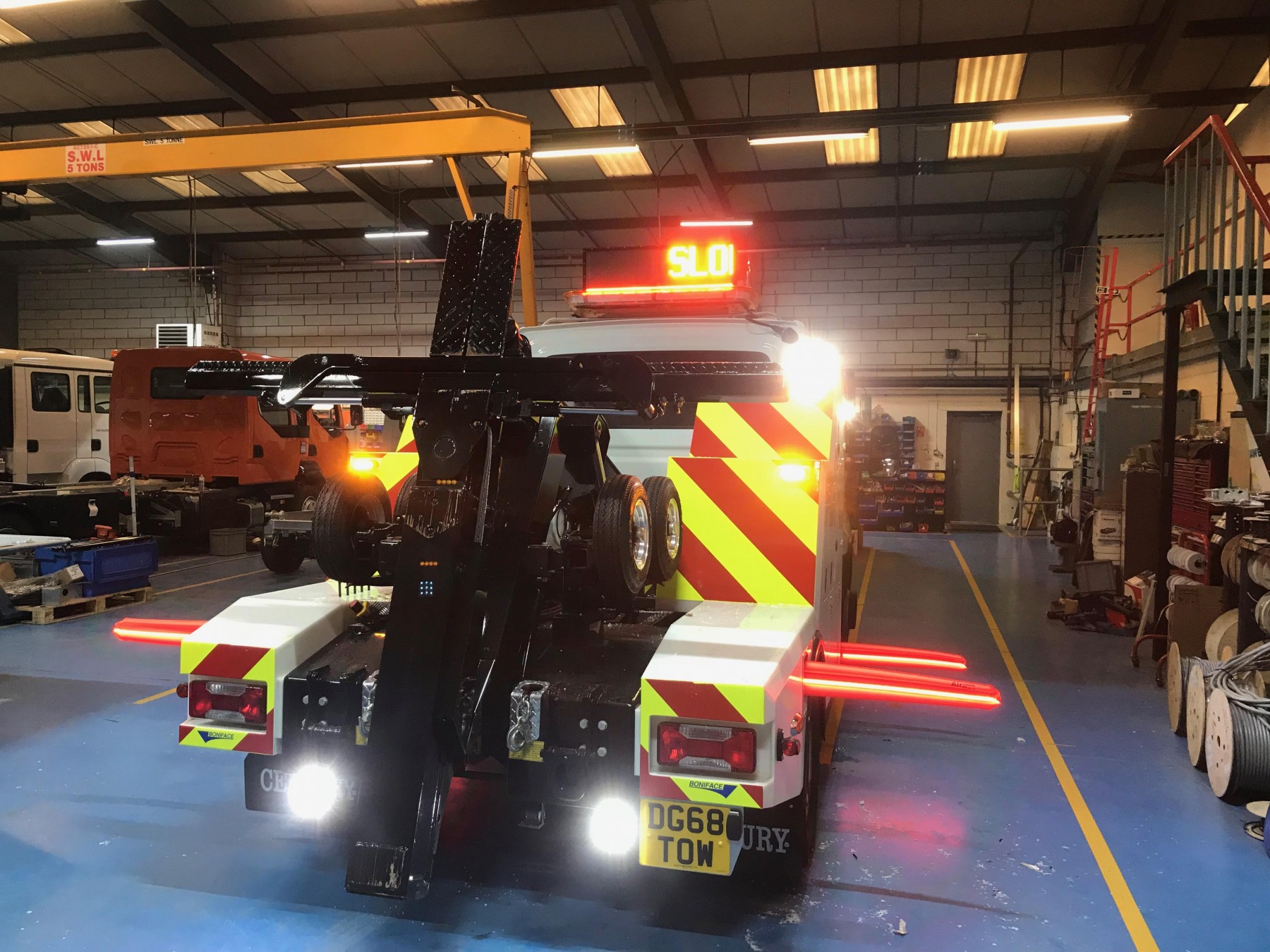What are the safety benefits of AIRBAR?
In addition to helping drivers and operators, the AIRBAR also helps vulnerable road users (VRUs), including pedestrians, cyclists, and motorcyclists, by helping to create safer zones surrounding vehicles.
Nearside Safety Zone
Installing AIRBARS on the nearside of vehicles creates a safety zone that is particularly beneficial for vehicles navigating cities or other urban areas. Due to nearside blind spots during turns, these areas often pose a significant risk to vulnerable road users (VRUs), such as cyclists.
The AIRBAR is located on the front of the vehicle or trailer's nearside, and the other is located at the back. When the nearside indicator is on and the vehicle is travelling at less than 15 mph, the AIRBARS automatically extend.
Usually used by: delivery vans, buses, coaches, and all heavy goods vehicles (HGVs) that operate in cities or urban areas


Offside Safety Zone
When a vehicle is parked roadside facing oncoming traffic in a live lane, as is typical when loading or unloading, installing AIRBARS on the offside of the vehicle creates a safety zone for both drivers and operators.
One AIRBAR is mounted on the offside front of the car or trailer, while the other is mounted on the offside back. Using an AIRBAR control, the driver manually deploys these AIRBARS, which stay operational until the driver deactivates them.
Usually used by: HGVs involved in roadside maintenance, emergency vehicles, recovery and rescue operations, home delivery vehicles, refuse collection vehicles, and emergency vehicles.